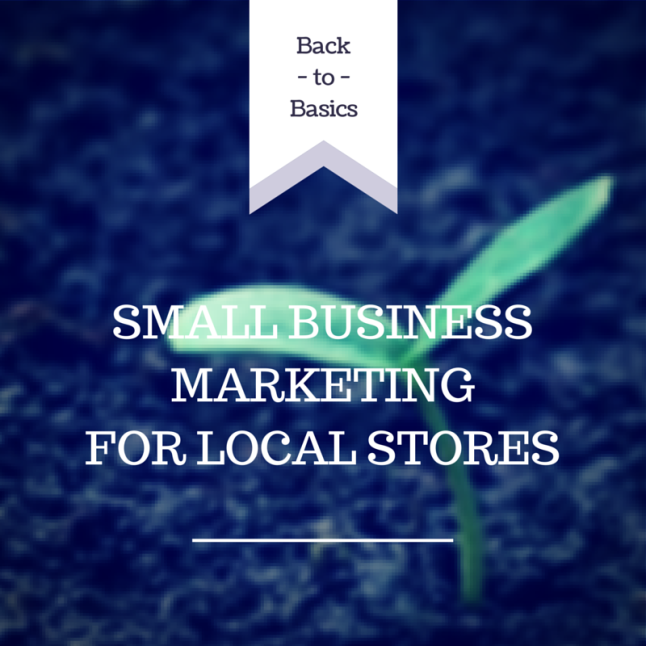Holiday Shopping with Social Media
/As we draw closer to Thanksgiving, ads for the upcoming shopping season can be seen everywhere: From the mall to the grocery store, it seems there's always a reminder that the holidays are sneaking up on you, and your window of opportunity nabbing the best gifts is closing. But whether you're the type who wants to go out and get all the best products on Black Friday, or you're more the kind of person who procrastinates until mid-December, you're still always looking for a great deal! After all, you don't want to spend more money than you have to, and you definitely want the whole shopping process to be as painless as possible. And that means you're probably going to do your fair share of shopping online. But in 2014, online shopping can be a lot more than just logging on to your favorite store and filling up your cart. You can also utilize the power of social media to do your holiday shopping.
By using social media platforms such as Twitter, Facebook, and Pinterest, you can easily find what you're looking for in multiple places. You can quickly compare availability, prices, and more. Even better, you can read reviews and get feedback on any items before you add anything to your cart. Sure beats the old way of doing things, doesn't it?
Here are a few ways you can use social media for your holiday marketing strategy—and maybe even use some of these tips yourself when you go shopping!
Holiday Marketing with Twitter
In a survey conducted among 500 US adults, 36% said they wanted to use Twitter for holiday gift ideas. Another 35% admitted they used the social media platform to find links to the business's online store.
Now, in case you didn't know, 284 million people are on Twitter and active every month. That's a lot of potential business.
Furthermore, 4 in 10 consumers who are active on Twitter plan on beginning their holiday shopping before Thanksgiving. That leaves about a week and half from the publishing of this article to get your store holiday-ready! You can begin by tweeting about special deals, ask your followers to "please retweet" your updates, and direct people to your store for coupons or special checkout codes. Perhaps you could offer a "new followers" coupon for your new fans. Think outside the box on this one--people who use Twitter want to get information and get it fast. If you deliver it in an attention-grabbing way, you're sure to get a few new eyes on your merchandise.
Holiday Marketing with Facebook
With Facebook, you are provided a more “permanent” platform to advertise to your fans. Permanent is in quotes because, of course, Facebook is actually moving at a rapid pace--updates seem to come and go quickly, and the feed refreshes constantly. But fans can easily find apps or albums that you've set up on your business page to promote your holiday specials. You can make your page visually appealing and full of content to entice your audience. Plus, sharing on Facebook works a bit differently than sharing on Twitter does—people get more personally invested. Family members are likely to share with one another over Facebook, whereas Twitter tends to foster more professional connections. When was the last time you tweeted your grandparents? (or grandchildren!)
A good place to start is with two of the biggest shopping days of the year: Black Friday and Cyber Monday. According to AllFacebook.com, Black Friday and Cyber Monday are growing into a quarter-long phenomenon. They urge businesses and advertisers to “capitalize on lower reach costs and high consumer engagement before and after peak days.”
Yeah, yeah, that's nice. But what does it mean for small businesses?
Basically, that you can promote your great deals before and after days like Black Friday and Cyber Monday to get the best returns. But that doesn't mean you should only focus on those days. You should also keep promoting your business's specials throughout the holiday season, because shoppers will be buying more heavily until Christmas.
Holiday Marketing with Pinterest
If you haven't gotten into the habit of posting to a Pinterest board, you might want to start: 47.7% of holiday shoppers say that Pinterest has influenced their buying decisions. That's a lot of people!
But just how can you make the most out of your pins and get people interested in your products? It'll take a bit of creative thinking, but if you try, we bet you can come up with a variety of effective marketing strategies. For example, you could try making a themed board. You can showcase great gift ideas. You can create a storyboard where a shopper uses your product to bring happiness to friends and family. You can show how other customers choose to use your products to make their lives better. It's all in how you choose to present yourself!
We hope that these tips have been helpful for you. The holidays are a great time for helping customers get the special gifts they want for friends and family. By putting your best foot forward, you can prove to your community that you are dedicated to their needs, and that you're ready to help them make this holiday season the best one yet!
Can you think of any other ways to use Twitter, Facebook, or Pinterest for holiday marketing? It's always a learning experience, and everyone gets different results. But with a little bit of practice and creativity, you can learn how to get more sales, happier customers, and better engagement during the holiday season. If you have any tips or tricks, be sure to leave them in the comments below!
Good luck!



























 Photo courtesy of
Photo courtesy of 

